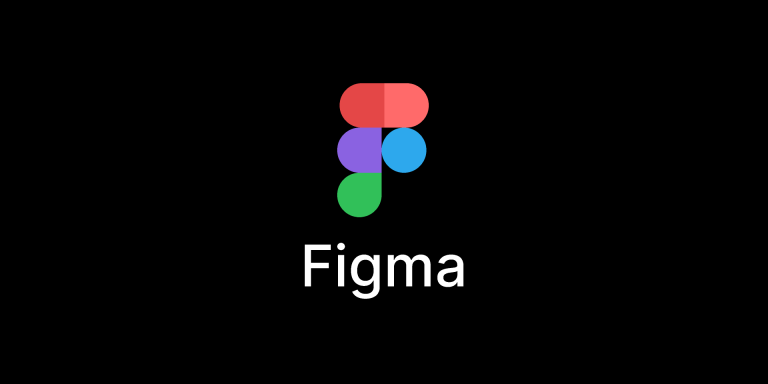In the fast-paced world of design, collaboration is key. Whether you’re part of a design agency, an in-house design team, or a freelance designer working with clients, the ability to work seamlessly with others can make or break a project. This is where Figma, a cloud-based design tool, shines. In this blog post, we will explore how using Figma can transform your collaborative design work and take your projects to the next level.

Why Figma?
Real-Time Collaboration
Figma’s standout feature is its real-time collaboration capabilities. Multiple team members can work on the same project simultaneously, no matter where they are located. This means you can bid farewell to tedious email chains, file versioning issues, and endless back-and-forth communications. With Figma, designers, stakeholders, and developers can work together in harmony, making design iterations and feedback a breeze.

Cloud-Based Design
Gone are the days of saving design files to your local machine or a shared server. Figma operates in the cloud, making your designs accessible from anywhere with an internet connection. This level of accessibility ensures that your work is not tied to a specific device, and you can pick up where you left off at any time.
Version History and Comments
Figma offers an extensive version history, which means you can track changes over time and easily revert to previous iterations if needed. Additionally, the comment system allows for in-context feedback, making it simple for team members and clients to provide precise comments and suggestions directly on the design.
How to Use Figma for Collaborative Design
Project Setup
Start by creating a new project in Figma and set the appropriate permissions for team members or clients. You can invite them via email, and they can access the project with their Figma accounts. This is where the magic begins, as everyone can start working on the project simultaneously.
Designing Together
Figma’s design canvas is where your team’s creativity comes to life. As team members work, you can see their cursors in real time, and their changes are reflected instantly. This makes collaborative design sessions feel like everyone is in the same room, even if you’re miles apart.
Feedback and Iteration
Once the design begins to take shape, team members and clients can add comments directly to the design. This feature streamlines the feedback process, avoiding long email chains or confusing notes. Figma’s version history ensures that you can always revisit previous versions if needed.
Handoff to Developers
Figma’s utility doesn’t end with the design phase. It offers developer handoff features that make the transition from design to development smoother. Designers can provide assets, style guides, and code snippets that developers can easily access and implement.
Conclusion
In a world where collaboration is vital to successful design work, Figma is a game-changer. Its real-time collaboration, cloud-based platform, and feedback mechanisms simplify the design process, enhance team productivity, and ensure client satisfaction. By using Figma for collaborative design work, you can elevate your projects, streamline workflows, and create outstanding designs with ease. Give it a try, and watch your design process evolve into a more efficient and enjoyable experience.
